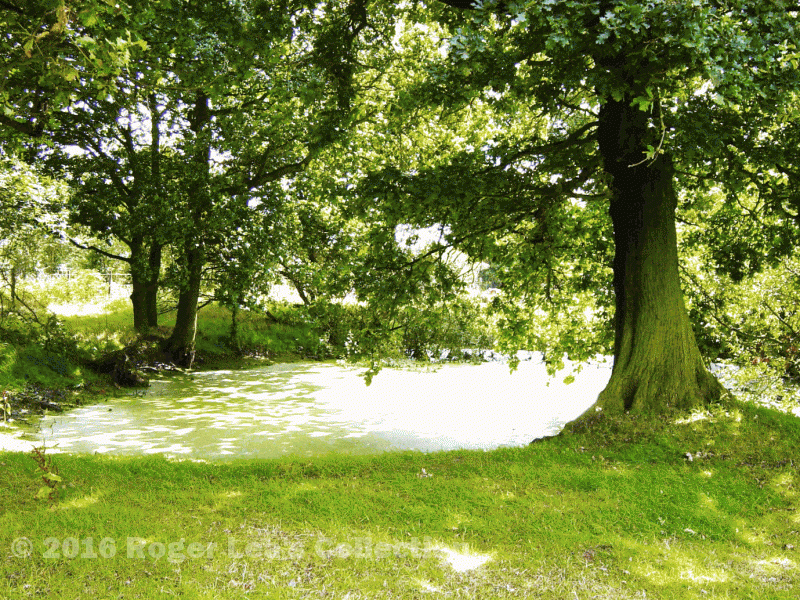When planning permission for the demolition of Barn Farm was granted, the developer was required to commission a detailed record of the buildings and the site, and a copy of the report can be seen in Sutton Library. During the archaeological survey of the farm, traces were found nearby of an old marl pit. Farmers in Sutton in the past needed to improve the rather barren sandy ground, and one way of giving the soil more body was to spread loads of marl or clay over the fields - there were many small deposits of marl in the area. Where farmers had marl pits in their own fields they survive as duck ponds, but for those who had no marl of their own the Warden and Society established common marl pits where anyone could go and dig marl to spread on their fields. The marl pit near Barn Farm was a common marl pit, and there was a much bigger one at Hill Hook.
On the fourth of June 1751 John Bassett and Simeon Hill were working together in a field where there was a deep marl pit full of water. At two o’clock Simeon asked John to bathe with him in the pool because his head ached and he thought it would do him good. Bassett declined, saying the pit was too deep, and they carried on working until five, when Simeon said he would follow him in about half an hour. This account was given at the Coroner’s Inquest on the drowned body of Simeon Hill the following day. At another inquest, held at Penns Mill on 27th January 1762, the jury found that the boy John Gorton had been sent on an errand “and there being by the road side a large pitt of water…being frozen over he the said John Gorton…went upon the ice to glide and…the ice broke and let him in.” A more famous case of a good swimmer being overcome by the shock of the cold water of a marl pit and drowning is the so-called Mary Ashford murder of 1817.
A number of marl pits survive in Sutton’s green belt, but it’s over 150 years since they were last used, and they are well fenced off.

Barn Farm arch. Survey and marlpits